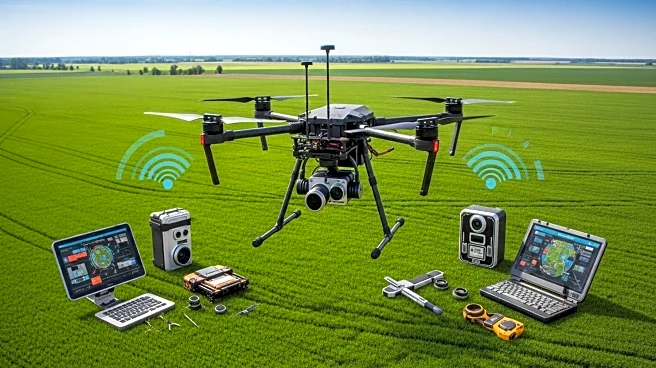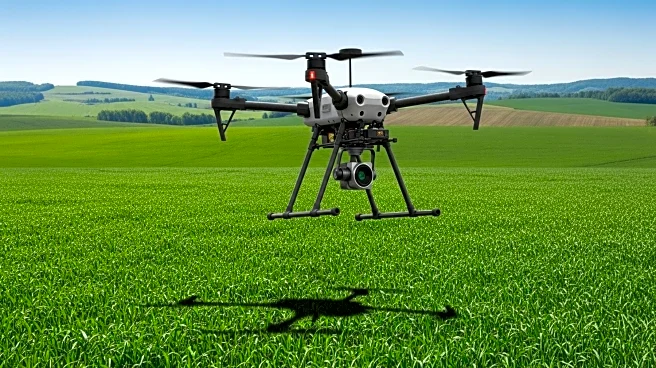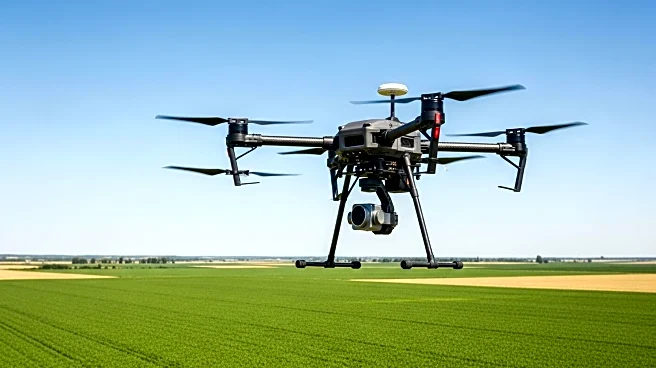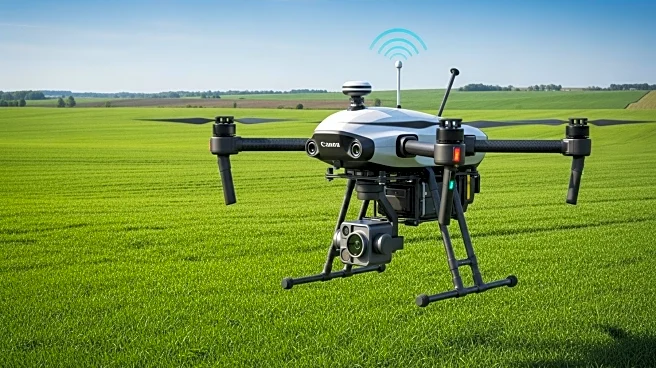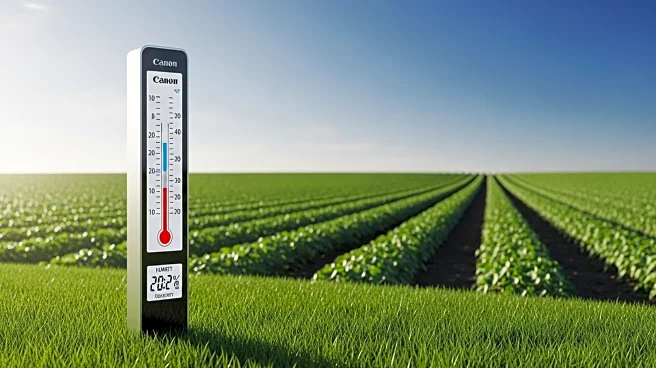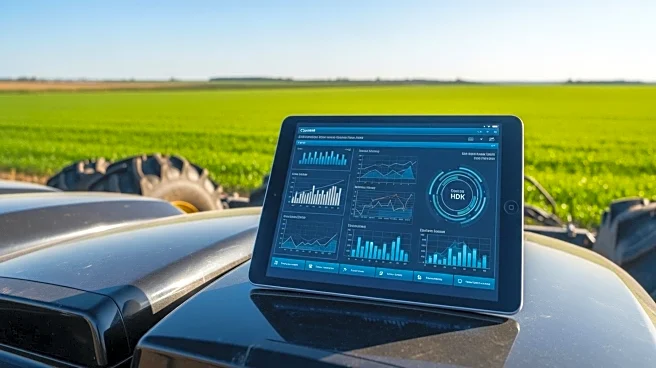What's Happening?
The global agricultural mapping services market is projected to grow from USD 6.2 billion in 2024 to USD 8.7 billion by 2031, at a CAGR of 5.1%. This growth is driven by the adoption of precision agriculture techniques, which optimize crop management and improve farm productivity. Remote sensing and GIS-based mapping services are leading the market due to their accuracy and real-time monitoring capabilities. North America holds the largest market share, while Asia-Pacific is the fastest-growing region.
Why It's Important?
The expansion of agricultural mapping services is crucial for enhancing food production efficiency and sustainability. By providing detailed geospatial data, these services enable farmers to make informed decisions about crop health, soil conditions, and resource allocation. This technological advancement supports the agricultural sector's efforts to meet the increasing global food demand while minimizing environmental impact. The growth in this market also reflects a broader trend towards digital transformation in agriculture.
What's Next?
As the market for agricultural mapping services expands, more farmers and agribusinesses are likely to adopt these technologies, leading to further innovations in precision agriculture. Government initiatives promoting digital farming and smart agriculture could accelerate this trend. The integration of AI, IoT, and cloud-based analytics in mapping services is expected to enhance operational efficiency and decision-making, potentially transforming traditional farming practices.
Beyond the Headlines
The adoption of advanced mapping technologies raises concerns about data privacy and the digital divide in rural areas. Ensuring equitable access to these technologies will be essential to prevent disparities in agricultural productivity. Additionally, the high initial investment costs for these services may pose challenges for smallholder farmers, highlighting the need for supportive policies and subsidies.

